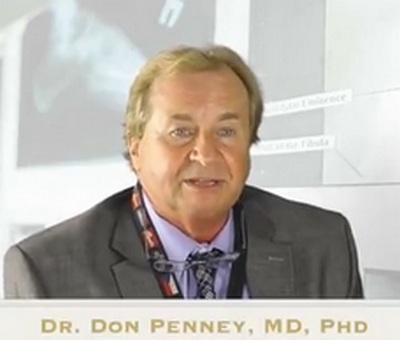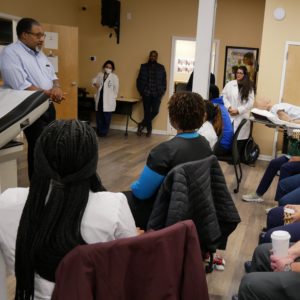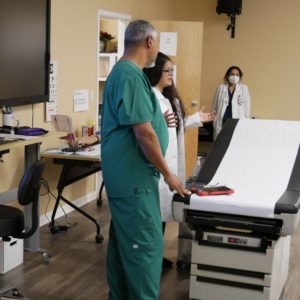Curriculum Change
The American University of Integrative Sciences, School of Medicine is excited to announce the implementation of major curriculum changes in its medical doctor education program. This initiative is ourprimary academic focus moving forward but, as always, Integrative Medicine remains a cornerstone to the philosophy of our evidence-based education program, with its belief that health encompasses a state of complete physical, mental and social wellbeing.
AUIS is enthused to implement and adopt the Association of American Colleges (AAMC) recommendation to use the Core Entrustable Professional Activities (EPAs) throughout medical education.These will be not only introduced, but championed in our Basic Science and Clinical medicine programs withthe thirteen (13) core competencies integrated into our learning objectives, commencing in the first year of medical school.
The aim is for graduating students from AUIS to not only meet these requirements, ensuring they will achieve academic parity with United States and Canadian medical school graduates, but exceed the standardsas dictated by the AAMC. This will be accomplished through a multifaceted approach, utilizing a combination of simulated patients, structured problem-based exercises and objective structured clinical examinations(OSCE). In the past, traditional medical curriculums did not adequately address the knowledge and skill sets required for physicians to navigate the ever-evolving changes in healthcare as well as lifelong learning expectations. The core competency objectives include the acquisition of medical knowledge, patient care(problem solving and clinical skills), interpersonal and communication skills, and professionalism.
Although in the past, problem based learning (PBL) has been utilized in our teaching program, AUIS believes that PBL is a cornerstone to the active learning process for our students. Problem based learning was implemented at McMaster University in the mid 1960’s, by 1991 more than 100 medical schools in the United States and Canada were using some form of PBL approach. Fortunately, I (your current Dean of ClinicalAffairs), am a graduate of McMaster University, School of Medicine and have had first-hand experience in PBL.Dr. Harold Barrow, considered by many the grandfather of problem based learning, was a mentor to meduring my undergraduate medical education. AUIS has now fully adopted Dr. Barrow’s definition of PBL, believing this methodology allows our medical students early in their training to approach a medical problem, solve the problem with clinical reasoning skills, identify learning needs in an integrative process, self-study while applying newly-gained knowledge to the problem, and exchange information with fellow students and summarize what has been learned. Published reports of improved outcomes have illustrated that active learning has surpassed traditional, faculty-focused teaching by lecture approach.
Physicians today arecognizant that the medical information available in this age exceeds what one person can learn and retain.Long term, PBL and active learning methods equip our graduates and future doctors to become life long learners and insure they are trained in critical reasoning and problem-solving abilities.
AUIS is known for its strong clinical program that attracts new applicants through its hospital-relationship reputation. Interestingly enough, it is also recognized nationally for the fact that many medical students whobegin their medical education in other medical schools, choose to transfer to AUIS to complete their medical training in their clinical years. Application of these same programs utilized in the basic sciences applied in clerkship rotations, in addition to newly implemented Advanced Clinical Skills workshops, allows our clinical students to acquire the competencies outlined by the Association of American Medical Colleges.
Future students interested in learning more about our exciting curriculum are encouraged to call our group of professionals at AUIS admissions (678-269-4707)
Don Penney MD



